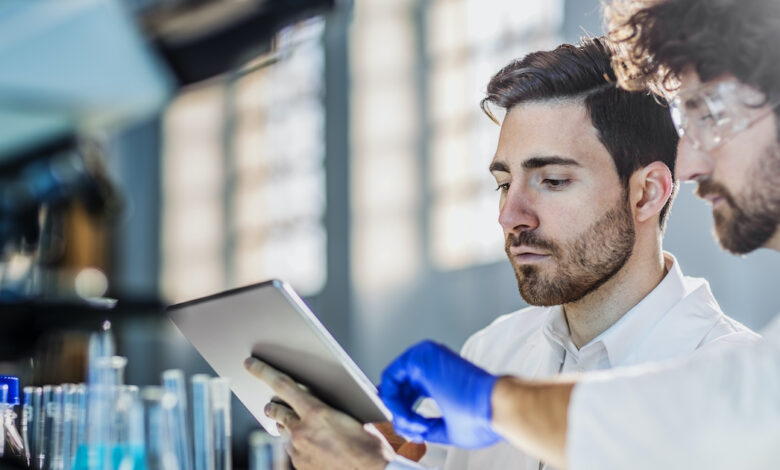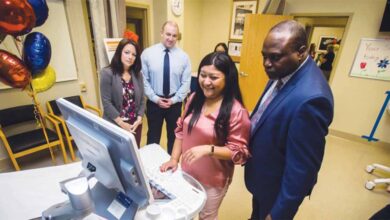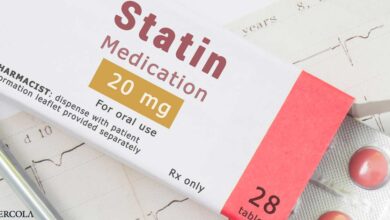What it takes to drive innovation in India’s medical device sector


Collaboration among stakeholders in India could be the key to promoting further the development of quality, high-end medical devices that can pinpoint and address patient needs and offer sustainability.
KPMG in India, together with the Asia Pacific Medical Technology Association, recently published a report that underlines existing policies and initiatives that enable innovation in India’s medical device sector. It also highlights challenges and offers recommendations for addressing them. Ultimately, the report aims to serve as a guide to stakeholders in navigating the transformation journey of the medical device sector.
WHY IT MATTERS
The report identified six key themes that will drive innovation in India’s medical devices sector:
-
Supportive regulations and policies: the report suggests that the Drugs, Medical Devices & Cosmetics Bill 2022, an upcoming legislation that will update the Drugs and Cosmetics Act of 1940, consider medical devices as independent of pharmaceutical products, as well as cater to the nuances of the medical device sector. It also encourages India’s alignment with global norms and standards and to explore regulatory reliance and convergence with other regulators and available international standards. India must also strive to simplify and streamline IP processes that will help reduce the cost associated with maintaining IP. Finally, having a strong monitoring mechanism is recommended to ensure prompt implementation of policies and initiatives.
-
Incentivising research: KPMG noted some areas that can be incentivised to promote research, including tax incentives for innovation, research grants, workforce training, clinical trials, and patent box regimes.
-
Robust digital infrastructure: In implementing the Digital Information Security in Healthcare Act and other data privacy laws, India should promote the use of data for innovation without compromising the safety of sensitive data, KPMG suggests. The country should adopt more digital health technologies, such as AI-driven diagnostics, telemedicine, and wearable devices, but also ensure that necessary funds are allocated for both maintaining its existing digital stack and expanding digital capabilities. The National Medical Device Policy, which was released this year, already qualified that investments in 5G and IoMT will be key in boosting innovation in the country.
-
Making public-private partnerships (PPP) mainstream: It is suggested that manufacturers leverage PPPs frequently. The Indian government, meanwhile, should facilitate dialogue and promote partnerships between public-sector academia, healthcare providers and private-sector medical device players. Medical device companies should forge partnerships aimed at serving the domestic market.
-
Conducive ecosystem: A dialogue between hospitals, manufacturers, and start-ups can be the key to spurring the growth of medical devices in India, the KPMG report contends. In propping up a globally-inclined startup ecosystem, India can position its academic and research institutions, with the support of manufacturers, as its base. Meanwhile, the government can channel resources in a specific area of medical technology in medical device parks to reduce competition for investments. It is also recommended that manufacturers highlight clinical evidence and publish results in industry journals to build consumer trust. Investors should explore innovative funding models like risk-sharing and assist manufacturers in accessing global markets. Finally, healthcare providers can work closely with innovators to identify patient needs, evaluate solutions, and provide design inputs, as well as adopt and integrate their digital tools to create an interoperable ecosystem. They can also offer testbeds to help validate new products.
-
Workforce upskilling and cross-skilling: Industry-academia collaborations can also be avenues for upskilling the workforce, the report notes. It is also recommended that organisations train their workforce on assembling high-end devices, and learn about R&D, product life cycle management and manufacturing so they can add value to the innovation life cycle. It is said that a conducive environment to grow and learn is necessary to retain employees and build their skills.
THE LARGER CONTEXT
Still at its nascent stage, the Indian medical device sector, whose manufacturing is presently focused on consumables and disposables, is projected to grow to a $50 billion sector by 2030 from $11 billion last year.
The KPMG report notes how India seeks to evolve the sector into a global leader and powerhouse. From focusing on developing technologies that help reduce healthcare costs, it is transitioning to a value-based and innovation-driven sector. It is also pushing for self-reliance in manufacturing medical devices, encouraging local innovation, and ensuring accessibility and affordability of medical devices across the population. However, local medical device innovation is hindered by a shortfall in skilled workforce, limits in infrastructure, and inadequate insurance coverage.
To meet these challenges, the government has played a crucial role in catalysing innovation in local medical device production by launching several initiatives, including the National Policy on Research and Development and Innovation in Pharma-MedtechSector, the Promotion of Research and Innovation in Pharma-Medtech scheme, the National Medical Device Policy, the Assistance to Medical Device Clusters for Common Facilities, the National Research Foundation Bill, the Production Linked Incentives scheme, and the Promotion of Medical Device Parks scheme. In 2021, the government, through the Biotechnology Industry Research Assistance Council, launched an incentive scheme supporting 75 startups in telemedicine, digital health and AI.
Besides the government, research institutes, such as the Indian Council of Medical Research, academic research institutions, and even private players like startups and local medtech enterprises, have been instrumental in advancing medical device R&D.




